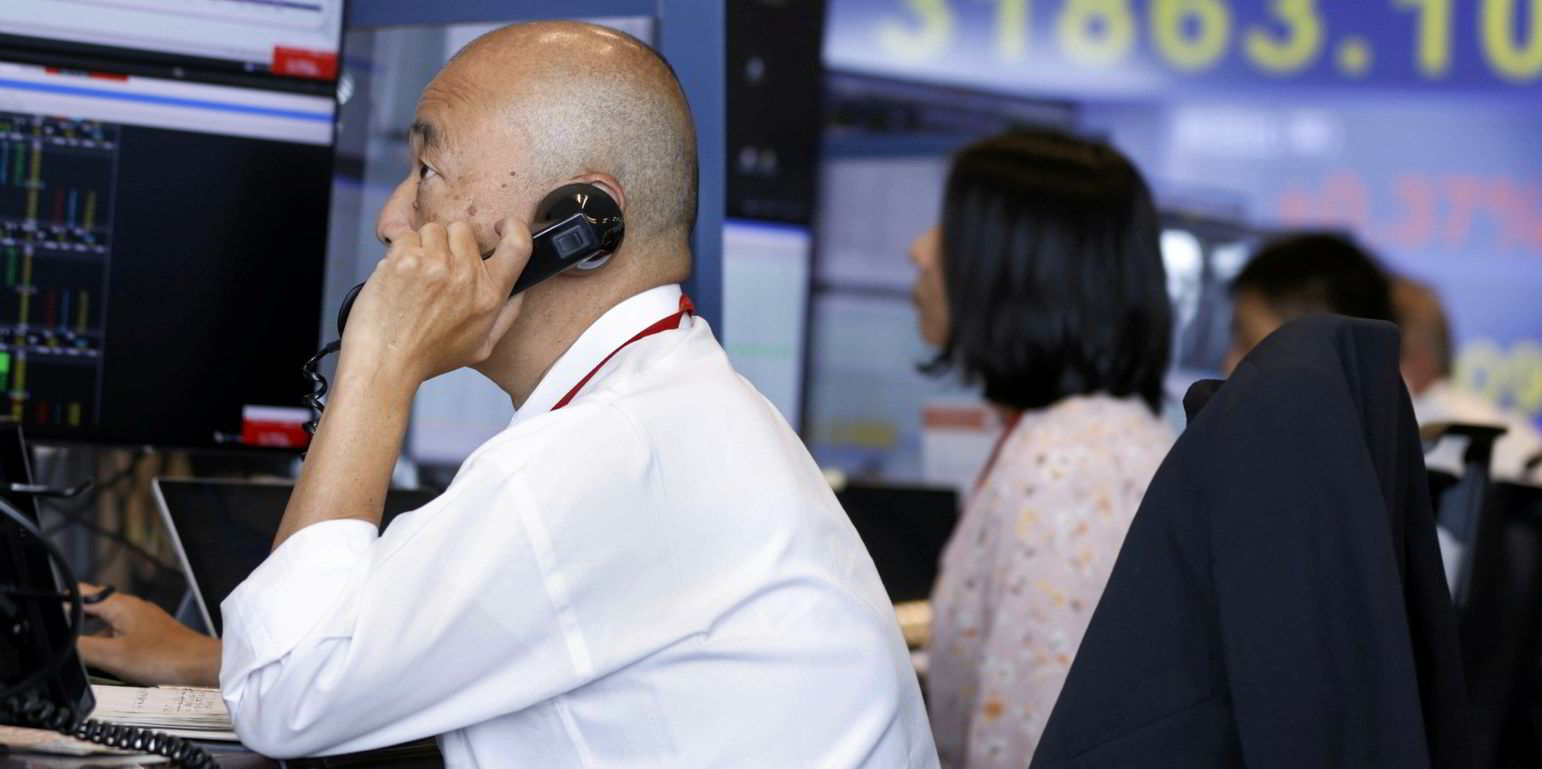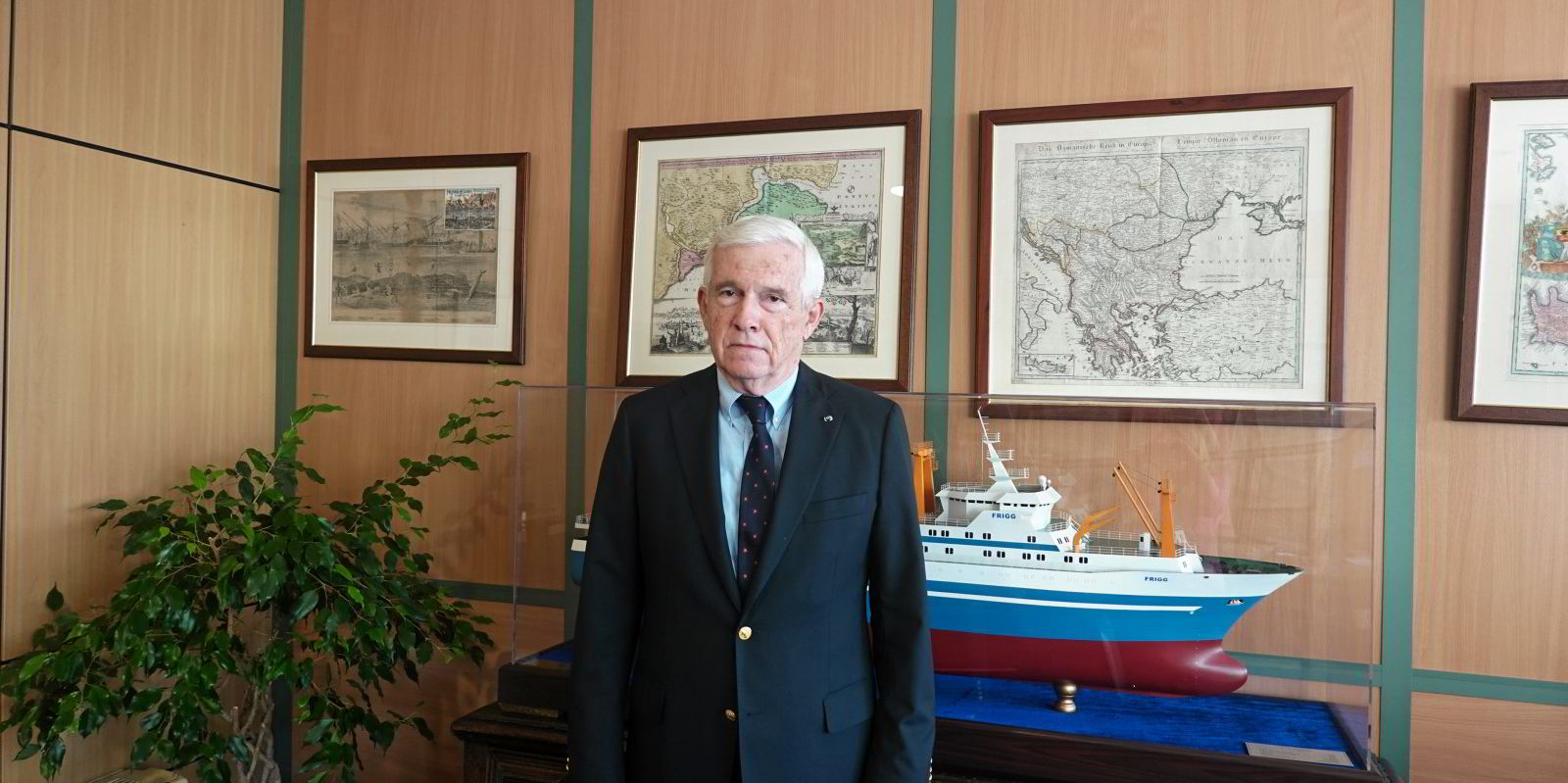Less than a month remains before the European Union’s Emissions Trading System, or EU ETS, enters into force and time is running short for shipping companies to prepare for the regime and manage their costs.
There is a growing understanding of the incoming rules and the practical steps needed to comply.
However, unknowns remain over the visibility of future pricing for EU Allowances, known as EUAs, which complicate planning processes for shipping companies and could drive up costs.
Shipping companies must surrender carbon allowances in September 2025 to account for the carbon emissions their ships produced during their European voyages in 2024. But no new allowances are being added to the system for shipping.
In fact, the European Commission is planning to cut the number of EUAs auctioned annually as coverage of the EU ETS is expanded. This is expected to restrict the supply of EUAs to the market and drive up prices.
But is up the only way for EUA prices? Generally, yes, but a range of issues will affect whether this will be a gradual increase or spiky, volatile and subject to shocks.
Prices have already been driven up by more ambitious EU decarbonisation targets, particularly the targeted 55% cut by 2030 under its Fit for 55 package. To reach that goal, the EU will have to sharply reduce the number of emissions rights it issues in the market.
Researchers at the London Stock Exchange Group have found that this will push up the EU carbon price to about €160 per tonne by the end of the decade. Currently, prices are about half that level.
Additional reduction targets could also be on the horizon. A potential 90% cut by 2040 is due to be debated in the European Parliament next year and the EU’s climate commissioner, Wopke Hoekstra, has said he is committed to defending it. Such a goal could send EUA prices “above €400 by 2040”, according to LSEG analysis.
EUA prices can come under short-term pressure too through the effects of auction timings and holiday spikes.
“I think EUA prices over the next two years will be generally range-bound — the major policy updates to the system have been made, with the main one of late being the Fit for 55 package, which of course included maritime into EU ETS,” said James Ash, head of environmental markets at shipbroking group SSY.

“The macroeconomic situation in Europe will also weigh heavily on EUA pricing with a downturn in industrial production, but with ongoing geopolitical issues there still is the potential for price spikes as EUAs are highly correlated to the wider energy mix.”
In May 2022, the EC launched its REpowerEU initiative in response to the hardships and global energy market disruption caused by Russia’s invasion of Ukraine. This strategic focus on energy supplies in Europe could also have an indirect effect on shipping, Ash said.
The EU ETS runs in phases of trading and is in its fourth phase, which commenced in 2021 and will run until 2030.
“Looking further into Phase 4, the market does have the potential to trade higher, as the EU reduces the number of allowances into the system plus the effect from front-loading EUA volume — this being volume that was planned to be entered into the system from 2027 to 2030 being brought forward to raise €20bn for the REpowerEU initiative,” Ash explained.
“This possibly makes the market tighter at the point where shipping has to verify 100% of their emissions. It is a balancing act: as more renewable energy comes online, the less need there is for fossil fuel burn; however, the implementation of renewables doesn’t happen overnight.”
Ash thinks the biggest risk for shipowners will be non-compliance because of the fiscal penalties that apply if allowances are not properly surrendered. For each tonne of emissions for which no allowance is surrendered in due time, there is a penalty of €100 per tonne of carbon emitted, on top of what is due in allowances.

Speculation has driven spikes in EUA pricing over the past year or so, but speculators could be about to take a break, according to Hugh Taylor, manager of EU ETS consultancy and communications at broker Freight Investor Services.
“Over the last couple of years, the price absolutely jumped and a big part of that was believed to be speculators accelerating that jump,” he explained.
“Now, a lot of speculators are shorting the market and have been this year building the biggest short positions that have ever been seen in the market. There’s been quite a bit of drama around those because there was a big short squeeze in May, so a lot of them would have lost a lot of money.”
Future cost
Many shipping companies are worried about the price volatility that rife speculation could cause; others are seeing potential investment opportunities in speculating on the market. Both sides can relax for the time being, according to Taylor.
He expects EUA prices to be much flatter over the next 12 to 18 months, perhaps creeping up a little bit, barring the influence of any totally unexpected developments.
Pekka Pakkanen, executive vice president for shipping solutions at Finnish maritime data and software firm NAPA, thinks that simulation and data analysis tools will be particularly helpful for shipping companies in accurately estimating how much carbon they will emit each year.
“Given market volatility, being able to buy the right number of allowances, at the right time, could make a significant difference in the total price paid at the end of the year. As a result, many companies will seek to buy allowances ‘preventatively’ at a low price, taking advantage of favourable market conditions to accumulate allowances that they can surrender at the appropriate moment,” said Pakkanen.
“Having to buy, manage, trade, and surrender allowances will be a learning curve for everyone, but those who have a data-driven picture of their emissions profile and can predict their future costs will have a head start”
Most shipping companies with vessels that trade in Europe will already have the data they need to ensure compliance with the existing EU emissions monitoring, reporting and verification system, he said.
“When calculating future costs related to EUAs, several elements could be subject to variation. For example, the fleet’s trading patterns or operational speeds might be different than originally anticipated, or there might not be as much low carbon fuel available with commercially reasonable prices as planned during the time of forecasting. The price of carbon itself, represented by EUAs, can also experience fluctuations,” Pakkanen explained.
“To mitigate these risks, it is crucial that companies thoroughly understand their emissions profile as a starting point for calculations, and continuously manage their remaining and to-be-purchased allowances. This allows for more accurate forecasting and proactive risk management.”
“But beyond that, once this [EUA] supply reduction starts to kick in, then the prices can start to accelerate,” said Taylor.
Ash believes the hydrocarbon markets are the ones to watch when it comes to speculative interest in carbon allowances.
“Due to the high correlation to gas, power, coal and renewables, EUAs can be very volatile. Whilst that volatility is still there the speculators will still be there,” he said.
Ash feels that many in the industry are at a slight disadvantage due to the complexities of shipping and the structure of the EU ETS.
“The average size of an owner will be very small; even the biggest emitters will be tiny in comparison to large European industrial emitters. This presents many challenges,” he said.
Shipping is expected to trade about 35m EUAs next year and more than 80m by 2026. But these trade volumes are tiny compared with the annual demand of more than 1bn EUAs from power and industrial sectors and daily traded volume of over 20m EUAs in the wholesale market.
Maritime is anticipated to necessitate approximately 112m more allowances than the additional supply can accommodate up to 2030, according to Bloomberg reports. For shipping, a major immediate challenge is the contractual agreement between the shipowner and charterer regarding the responsibility for covering the costs associated with environmental impact.
“Effectively, whoever buys the fuel will buy the allowances, however, it’s ultimately the shipowner’s responsibility to surrender those allowances — so how those allowances get to the shipowner is between owner and charterer,” Ash said.
“We’re already fixing vessels for next year so that has to be within the contract, how that’s going to work?” he asked.
However, the cost of compliance to shipping companies is not just about EUA prices but the timing and execution of trades.
“You can buy EUAs in the primary market via the auctions or on the secondary market via banks, brokers or traders. You can buy them in the form of futures or ‘physical’ EUAs,” Taylor explained.
“While many of the bigger, more established traders are keen to hedge the futures, as they would with FFAs [forward freight agreements], many mid and smaller-sized shipping clients, particularly Greeks, have been interested in buying physical EUAs on the OTC [over-the-counter] market.”
Broadly speaking, such an approach can be cheaper and easier than buying futures, according to Taylor.
“The physical is seemingly cheaper upfront — over the past three years the benchmark Dec23 future, the main future traded, has been on average some 3% to 6% more expensive than the spot price,” he explained.
This being said, “warehousing” EUAs — whereby the client agrees for the EUAs to be held for them and delivered to an account of their choice at some point in the future — could be beneficial, especially for companies unable to open their own trading accounts in Europe.
“Crucially, the idea of going long on EUAs is somewhat attractive given the EU’s stringent climate change policy and their subsequent tendency to increasingly limit supply,” Taylor said.
Some trading firms even offer a warehousing yield to hold EUAs on clients’ behalf, typically around 2% per annum.
The EU Emissions Trading System is expected to have a far greater impact on shipowners than other emissions-reduction regulations such as the Carbon Intensity Indicator.
The scheme will cover 100% of in-scope 2026 emissions by 2027.
Ships within the ETS catchment area — European waters — must pay for their right to pollute by buying an EU Allowance (EUA). Each allowance maps to one tonne of CO2 emitted.
Under the scheme, “the polluter pays”. In other words, the party that buys the fuel is responsible for purchasing EUAs.
The shipping company named on a vessel’s document of compliance is responsible for administering compliance, even though its commercial operator is ultimately on the hook for paying the cost of emissions allowances.
The ETS applies to CO2 emissions from all ships over 5,000 gt in 2024 reported under the EU’s monitoring, reporting & verification (MRV) system. The minimum vessel size will drop to 400 gt in January 2025.
Those vessels will need to buy EUAs to cover all emissions for voyages between and while at berth at EU, Norwegian and Icelandic (EEA) ports.
They will also need allowances for half of their greenhouse gas emissions on voyages that either begin or end at EEA ports.
In 2025, 40% of the CO2 emissions from voyages and berth stays during 2024 will be subject to the ETS, ramping up to 100% in 2027.
The MRV in 2026 will also require the reporting of methane and nitrous oxide emissions from ships, with EUAs to be paid on 100% of the CO2 equivalent of those emissions, in addition to CO2, within the EU ETS from 2027.
The inclusion of methane emissions will affect vessels that use LNG as a fuel, whereas the levying of charges for nitrous oxide will influence future tonnage that runs on ammonia.




